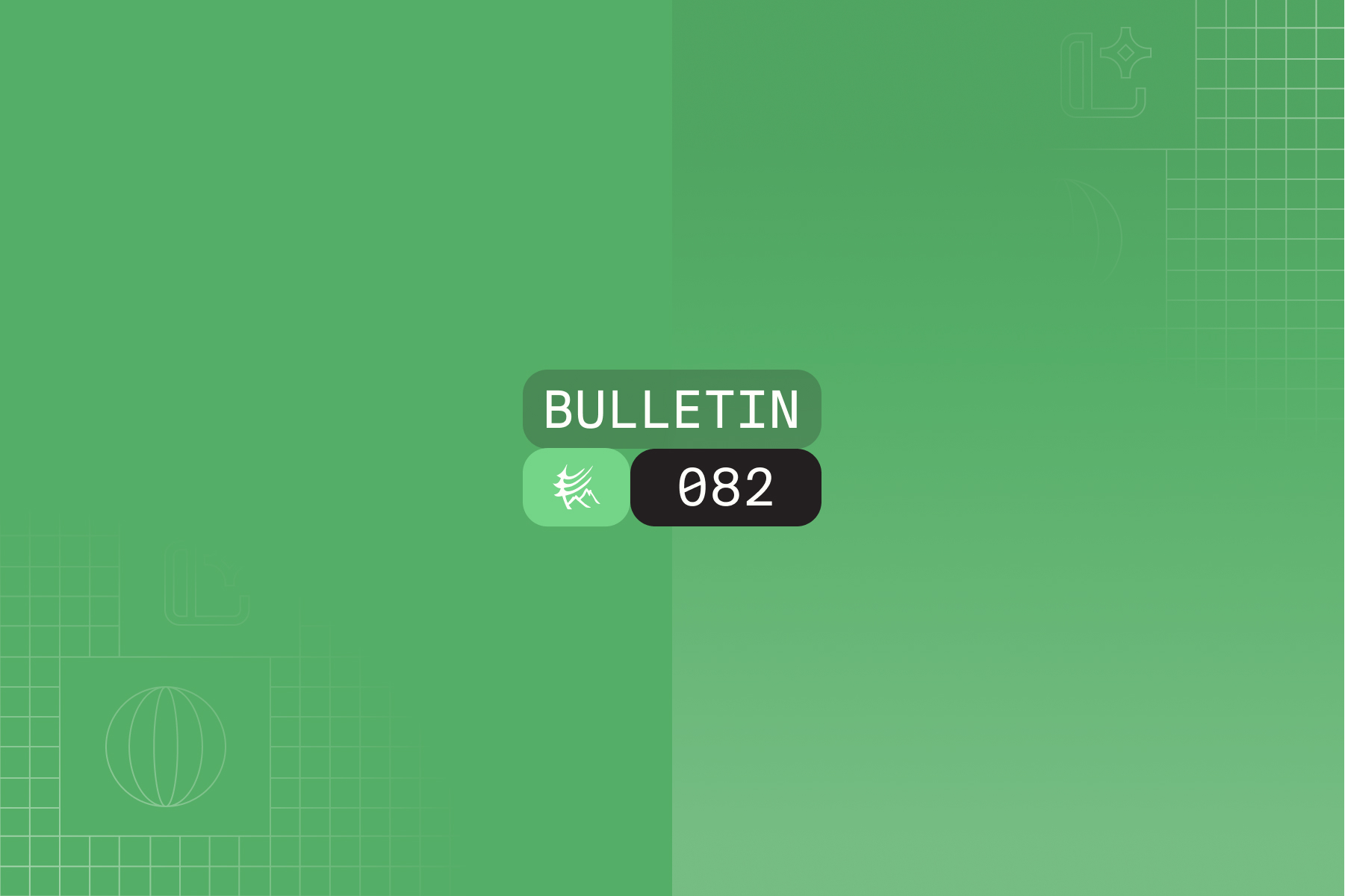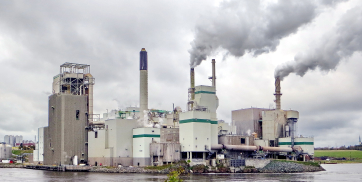Equivalency Agreement Finalized between Alberta and Canada
After many months of negotiations, the Governments of Alberta and Canada have reached a deal that deems Alberta’s methane regulations to be equivalent to those of the federal government. The equivalency deal is said to reduce emissions by 45% from a 2014 baseline by 2025 and will be less of a financial burden to industry. Click here for more details.
Shell Canada Offers Consumer Carbon Offset Opportunity
Royal Dutch Shell is giving consumers the option to indirectly purchase offset credits for $0.02 per liter at 1,400 of their gas stations across Canada. Shell says that the carbon credits will be sourced from the Darkwoods Forest Carbon Project. Click here to read more.
Several Upcoming Conferences with GHG and O&G Themes
CH4 Connections, November 17-19 2020, Virtual
Canadian Onshore Well Site Facilities Optimization & Methane Emissions Reduction Technology, December 9-10 2020, Virtual
American Geophysical Union Fall Meeting, December 1-17 2020, Virtual
Global Energy Show, June 8-10 2021, Calgary Alberta
New Research Publications
Projecting the Temporal Evolution of Methane Emissions from Oil and Gas Production Sites
Felipe Cardoso-Saldaña and David Allen
A model is used to estimate the temporal evolution of methane emissions for a variety of well configurations. The general pattern predicted is that total emissions decrease over time as production declines. Methane emission intensity shows complex behavior. Uncontrolled wet gas wells can have approximately half of their emissions over a 10 year period occur in the first year. Instantaneous wellsite methane emission intensities range over a factor of 3 (0.62–2.00%) in the same period.
Jeffrey Rutherford, Evan Sherwin, Arvind Ravikumar, Garvin Heath, Jacob Englander, Daniel Cooley, David Lyon, Mark Omara, Quinn Langfitt, Adam Brandt
The authors develop a new inventory-based model for CH4 emissions based on an updated synthesis of measurements from component-level field studies. Results show that venting and malfunction-related emissions from tanks and other equipment leaks are the largest contributors to underestimated methane emissions commonly observed in the US EPA Greenhouse Gas Inventory.
A Machine Learning Approach to Methane Emissions Mitigation in the Oil and Gas Industry
Jiayang Wang, Selvaprabu Nadarajah, Jingfan Wang, and Arvind Ravikumar
The authors develop a machine learning algorithm to predict high-emitting sites that can be prioritized for follow-up repair. Results show that the machine learning model reduced mitigation costs from $85/t CO2e to $49/t CO2e.
Elton Chan, Douglas Worthy, Douglas Chan, Misa Ishizawa, Michael Moran, Andy Delcloo, and Felix Vogel
The authors estimate that methane emissions from the oil and gas sector in Alberta and Saskatchewan, Canada are 3.0 MtCH4, nearly what is reported in Canada’s National Inventory (1.6 MtCH4).
Caroline Alden, Robbie Wright, Sean Coburn, Dani Caputi, Griffith Wendland, Alex Rybchuk, Stephen Conley, Ian Faloona, and Gregory Rieker
The authors present 11 months of methane measurements at a storage site using both continuous and aircraft measurements. They find high emission variability, with monthly emission rates differing by a factor of 12+, and 3-hourly rates vary by a factor of 17+ in 24 h.
Methane Emissions from Abandoned Oil and Gas Wells in California
Eric Lebel, Harmony Lu, Lisa Vielstädte, Mary Kang, Peter Banner, Marc Fischer, and Robert Jackson
The authors measure methane emissions from oil and gas wells in California. They detected methane emissions at 35% of abandoned and plugged wells, 65% of idle wells, and 67% of active wells. Emission rates were highest at active wells and lowest at abandoned and plugged wells.





